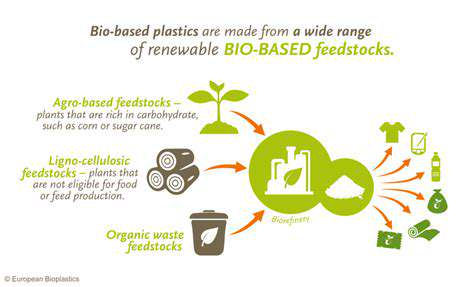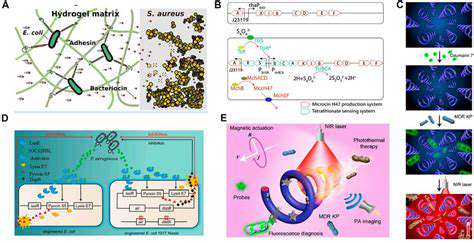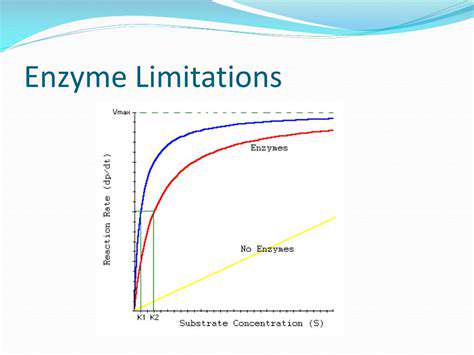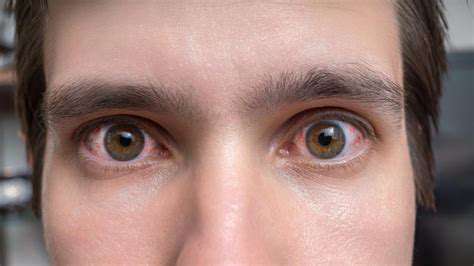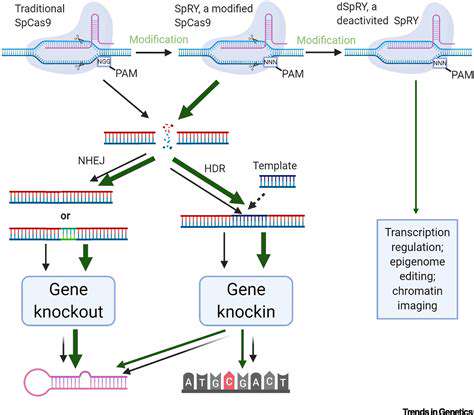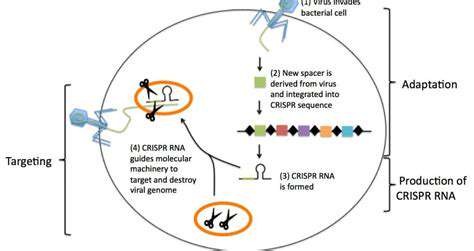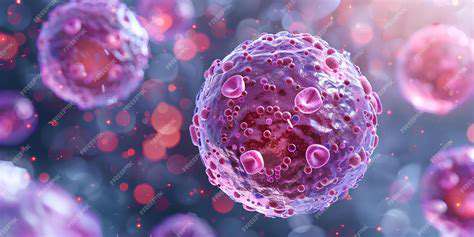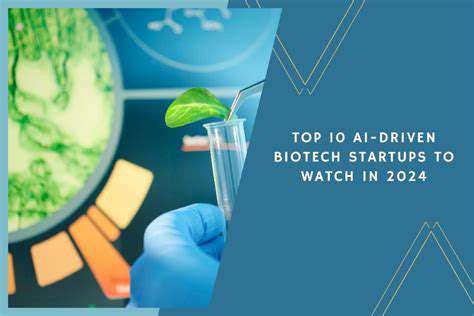Future Applications and Challenges in Bioremediation
Enhanced Bioremediation Strategies
Synthetic biology offers exciting opportunities to enhance bioremediation strategies by engineering microorganisms to degrade specific pollutants more efficiently. This involves modifying existing microbial pathways or introducing entirely new ones to target recalcitrant contaminants, such as persistent pesticides or industrial chemicals. By optimizing the metabolic capabilities of microorganisms, we can potentially accelerate the biodegradation process, minimizing environmental impact and cleanup time.
Further research in this area could focus on creating microbial consortia that work synergistically to break down complex mixtures of pollutants. This approach could overcome limitations of single-species bioremediation by leveraging the diverse capabilities of different microbial strains.
Targeted Pollutant Degradation
A significant challenge in bioremediation is the diverse array of pollutants present in contaminated environments. Synthetic biology allows for the development of microorganisms specifically designed to degrade particular pollutants, addressing the issue of specificity. This targeted approach is crucial in minimizing collateral damage to beneficial organisms and ensuring that only the desired pollutants are degraded.
Researchers can engineer microorganisms to recognize and degrade specific aromatic compounds, heavy metals, or even emerging contaminants, such as pharmaceuticals and microplastics. This targeted approach will be vital in future remediation efforts.
Bioaugmentation and Biostimulation
Bioaugmentation, the introduction of genetically engineered microorganisms into contaminated sites, and biostimulation, the enhancement of existing microbial populations through nutrient addition, can be significantly improved with synthetic biology. Precisely engineered microorganisms can be introduced to target specific pollutants, accelerating their degradation and potentially improving overall remediation efficiency.
Synthetic biology can also be applied to biostimulation by designing microorganisms that produce specific enzymes or metabolites that enhance the availability of nutrients for indigenous microbial populations, leading to accelerated degradation.
Environmental Monitoring and Feedback Systems
Real-time environmental monitoring is crucial for effective bioremediation. Synthetic biology can be used to develop biosensors and bioindicators that track the presence and degradation of pollutants in situ. This continuous feedback system allows for adjustments to the remediation strategy based on real-time data, improving efficiency and minimizing resource consumption.
These systems could use genetically modified microorganisms that produce fluorescent proteins or change their metabolic activity in response to specific pollutants, providing real-time information on the degradation process.
Cost-Effectiveness and Scalability
One of the major hurdles in large-scale bioremediation is the cost and scalability of the process. Synthetic biology offers the potential to develop more cost-effective and scalable bioremediation strategies. By engineering microorganisms for increased efficiency and speed of degradation, the overall cost of remediation can be decreased significantly.
The use of synthetic biology also allows for the development of microbial factories that can produce bioremediation agents on a larger scale, making the process more sustainable and affordable for various environmental contexts.
Ethical Considerations and Safety
As with any emerging technology, the application of synthetic biology in bioremediation raises ethical considerations regarding the potential risks and unintended consequences. Careful consideration must be given to the potential for the engineered microorganisms to escape and interact with native ecosystems. Rigorous safety protocols and environmental risk assessments need to be in place to minimize any potential negative impacts.
Furthermore, the potential for the engineered microorganisms to evolve and adapt to the environment must be assessed. Ongoing monitoring and evaluation of the engineered organisms are essential to ensure their responsible and safe application in bioremediation.

